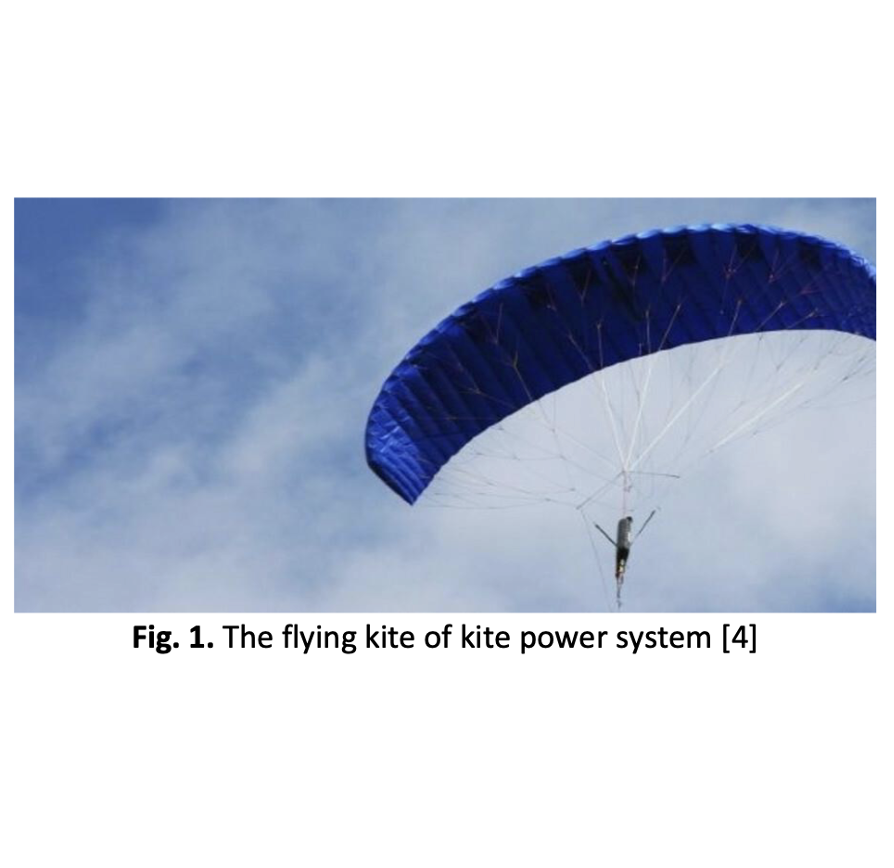Feasibility Analysis of Airborne Wind Energy System (AWES) Pumping Kite (PK)
Keywords:
AWES and pumping kite, Power cycle, reeling factor, Power factor, Levelized cost of energy, asymmetric factorAbstract
A variety of renewable energy production devices can compete with one another, relative to their technical and economic advantages. Wind power is in the first rank in this competition when compared to other energy production systems. The kite pump system or kite generator is one of the airborne wind power systems that is powered by a flying kite. In this paper, a 47kW kite power system with wind velocity of 8 m/s at elevation of 100 meters and a projection area of 20 m2 with maximum lift to drag ratio of 12.6 and tether angle of 30 degrees is modeled. The forces taking into account in the traction and retraction phase are kite’s effective parameters such as power factor, asymmetric factor, pumping efficiency and cycle power have been investigated using MATLAB® and Excel™. The power curve of this system is illustrated in the process of power production. In a separate table, input and output of analysis are shown. For economic analysis, SAM (System Advisor Model) software has been utilized. The power coefficient was simulated up to 53%-55% of the reeling factor. In the economic analysis of the 47-kilowatt system, the annual energy that has been generated is 101,221 kWh and the Levelized cost of energy (LCOE) calculated is 7.66 ¢ / kWh. Overall, the results of the present research show a promising prospect in this category.
Downloads




























